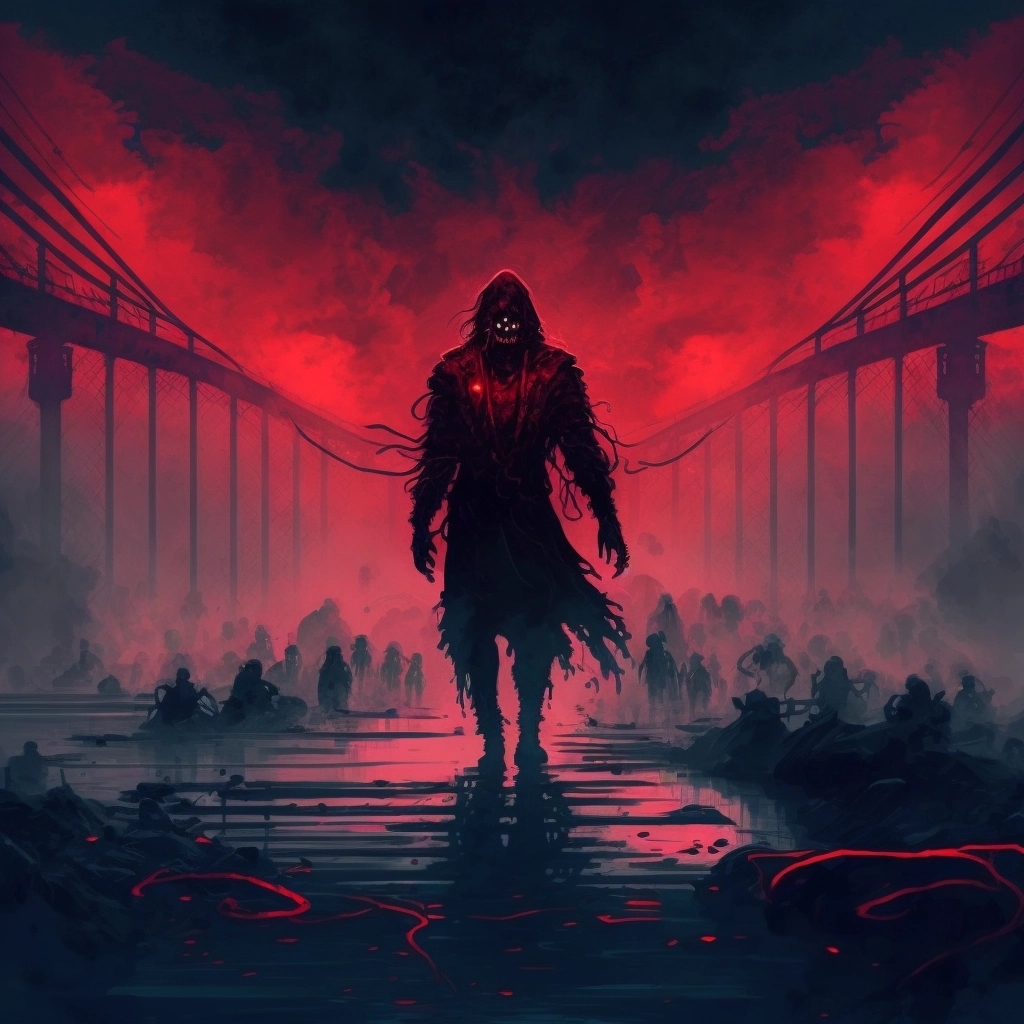🎮Project: Catalepsy
Project: Catalepsy is a 3D roguelike that pushes players to their limits—while making them the true owners of every step they take. Designed for Web3 from the ground up, it merges the best of traditional gaming with a new era of digital ownership, transparency, and economic freedom.
Web3 Technology: A Complement That Enriches
Blockchain technology is not a requirement, but a possibility. We have integrated it in a subtle and coherent way, providing value without altering what truly matters: the core gameplay experience.
True Digital Ownership
Players who wish to do so will have full ownership over certain in-game elements, without relying on external servers or third-party platforms. This level of control opens up new possibilities for customization and exchange, while always preserving the integrity of the core gameplay.
An Open and Transparent Economic Layer
Thanks to Web3 technology, those engaging with this layer of the game can interact through a decentralized, secure, and trustless system. This encourages a freer and more participatory environment for players who enjoy exploring the economic potential of their digital assets.
Technical Transparency and Trust
The use of blockchain allows certain interactions to be publicly and verifiably recorded. This enhances trust in the game's systems, especially in sensitive areas such as trading or personalized rewards.
Challenges of Web3 Development
Learning Curve
Blockchain can be intimidating. That’s why, in Catalepsy, we’re focused on creating an experience that’s accessible to everyone—from integration with popular wallets to intuitive in-game tutorials.
Market Perception
We are aware that Web3 still carries a stigma in certain sectors, due to past misuse by low-quality projects. At Catalepsy, we are committed to transparency, ethics, and thoughtful design as a response to that distrust. We’re not chasing shortcuts or hollow promises—we aim to build something lasting.
Scalability and Technical Sustainability
Adopting Web3 involves specific technical challenges—especially regarding performance and scalability. For this reason, we’ve chosen a modular, optimized, and non-intrusive implementation that can grow alongside the project without compromising the core experience.

The Game
Project: Catalepsy is a fresh take on the roguelike genre, bringing the action into a fully 3D environment with a third-person camera to deliver an immersive and challenging experience. Players descend into a hellish abyss where every decision and every move can mean the difference between life and death.
With 20 levels filled with relentless enemies and lethal traps, the challenge is constant. Every five levels, a terrifying boss awaits—testing the player’s skill and reflexes in epic, unforgettable encounters. But beware: once you move forward, there is no turning back. Tension and uncertainty remain at their peak throughout the descent.
In this dark world, danger lurks in every shadow. From demonic creatures to deadly traps, only those who stay alert and adapt quickly will survive and push deeper into the abyss.
This is not just a game—it’s an extreme test of your limits. Do you have what it takes to survive and conquer the depths?
Technical Summary
Game Title.
Project: Catalepsy (Working Title)
Concept.
A fresh take on the 3D roguelike genre, where every step is a deadly threat. Face 20 levels packed with danger and epic bosses in battles that will put your skills to the test. Do you have what it takes to survive?
Genre.
Roguelike
Audience.
Gamers aged 18 to 35, primarily male, passionate about video games and open to new technologies. Interested in finance and demanding challenges, with preferences aligned with titles such as Hades, Hollow Knight, Mortal Shell, or Dark Souls.
Vision and Pillars.
Catalepsy is built on three core pillars that define its experience: fast movement, strategic combat, and a challenging environment. These elements combine to create a constant sense of uncertainty, keeping players on edge and continuously testing their skill and adaptability.
Aesthetic.
Dark and somber tones dominate, crafting a grim and detailed world filled with macabre elements that evoke mystery and tension.
Universe.
Set in the Infernal Abyss, a desolate and dangerous space inhabited by monstrous creatures. The narrative revolves around the eternal conflict between good and evil.
Platforms
Exclusive launch for PC through a proprietary platform.
Business Model.
Combines a premium game experience with additional monetization strategies: premium license sales through NFTs, transaction fees, battle passes, and eSports tournaments.
Player Objectives
Explore, fight, progress, master the game, and compete in eSports over the short, medium, and long term.
Core-loop.
Players descend into the Abyss, challenge enemies, defeat bosses, and use blood shards to progress—repeating the cycle.
Game Systems.
Combat, progression, Abyssal Dungeon, and trading.
Gameplay / Interactivity.
Players prepare before entering the Abyssal Dungeon, progress through levels, face bosses, and manage the loot they obtain.
Last updated
